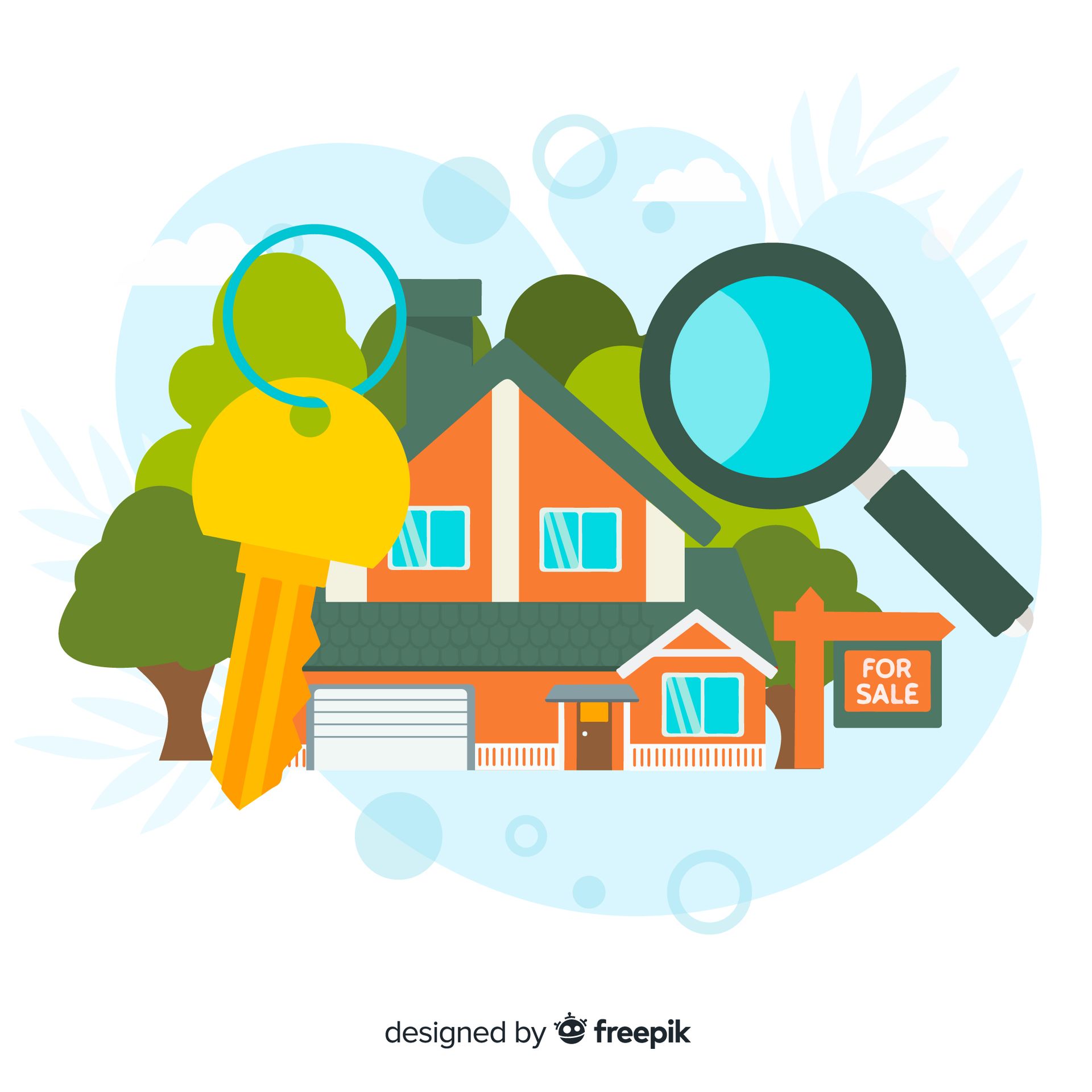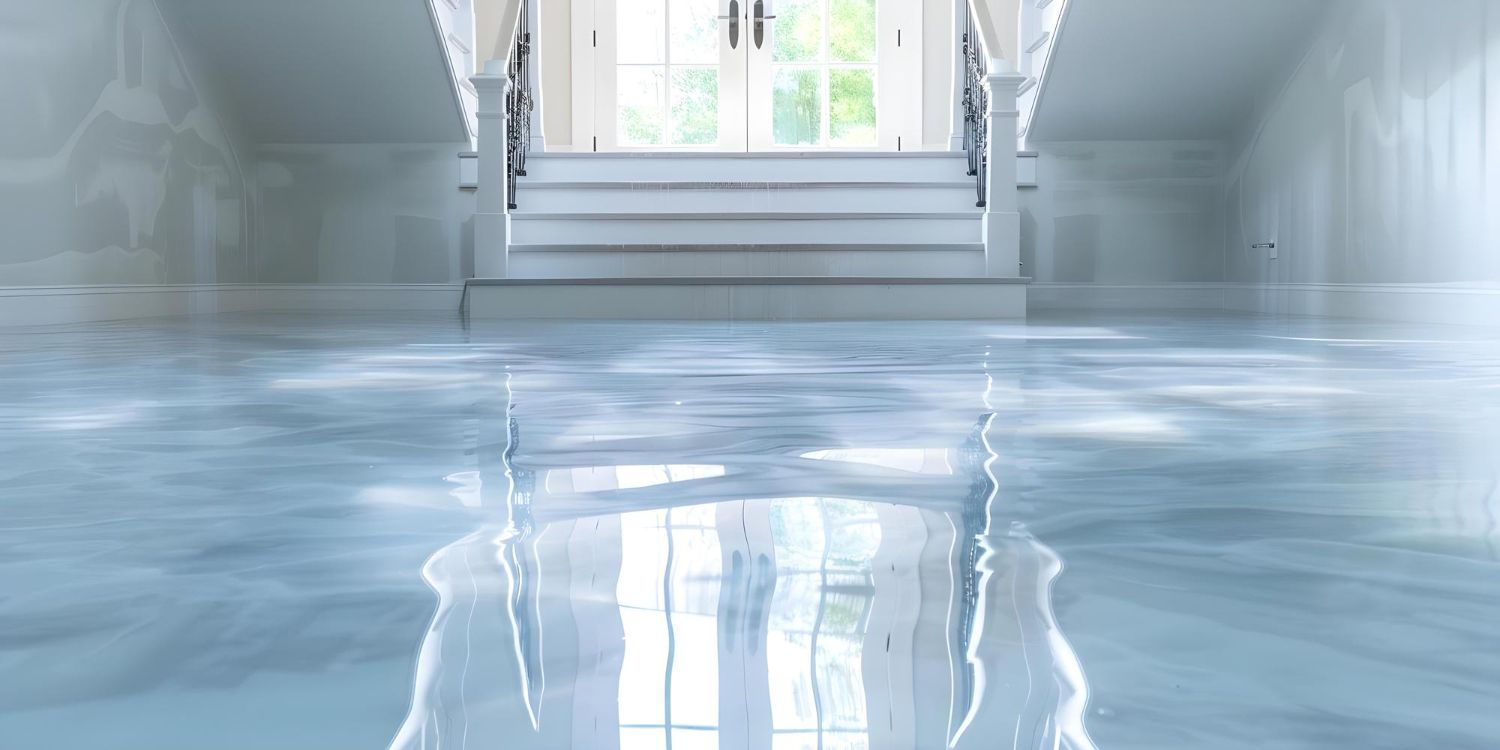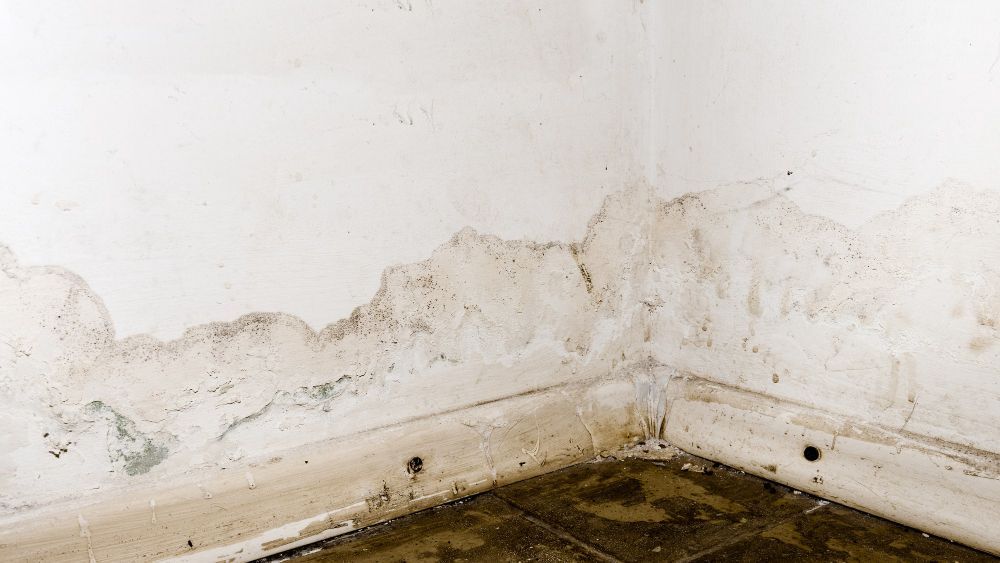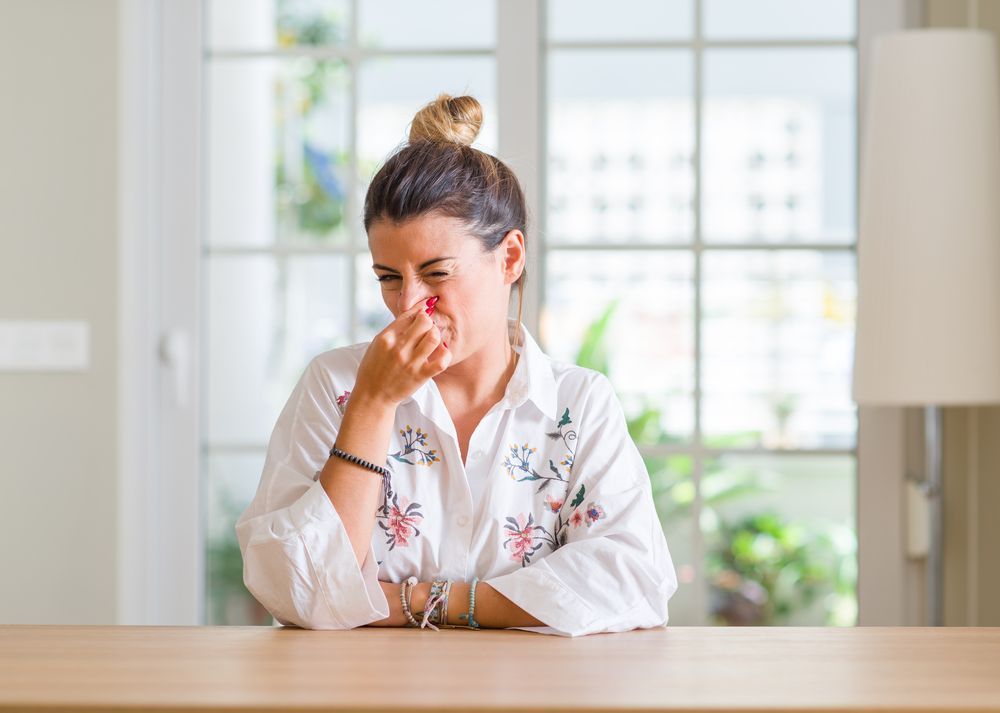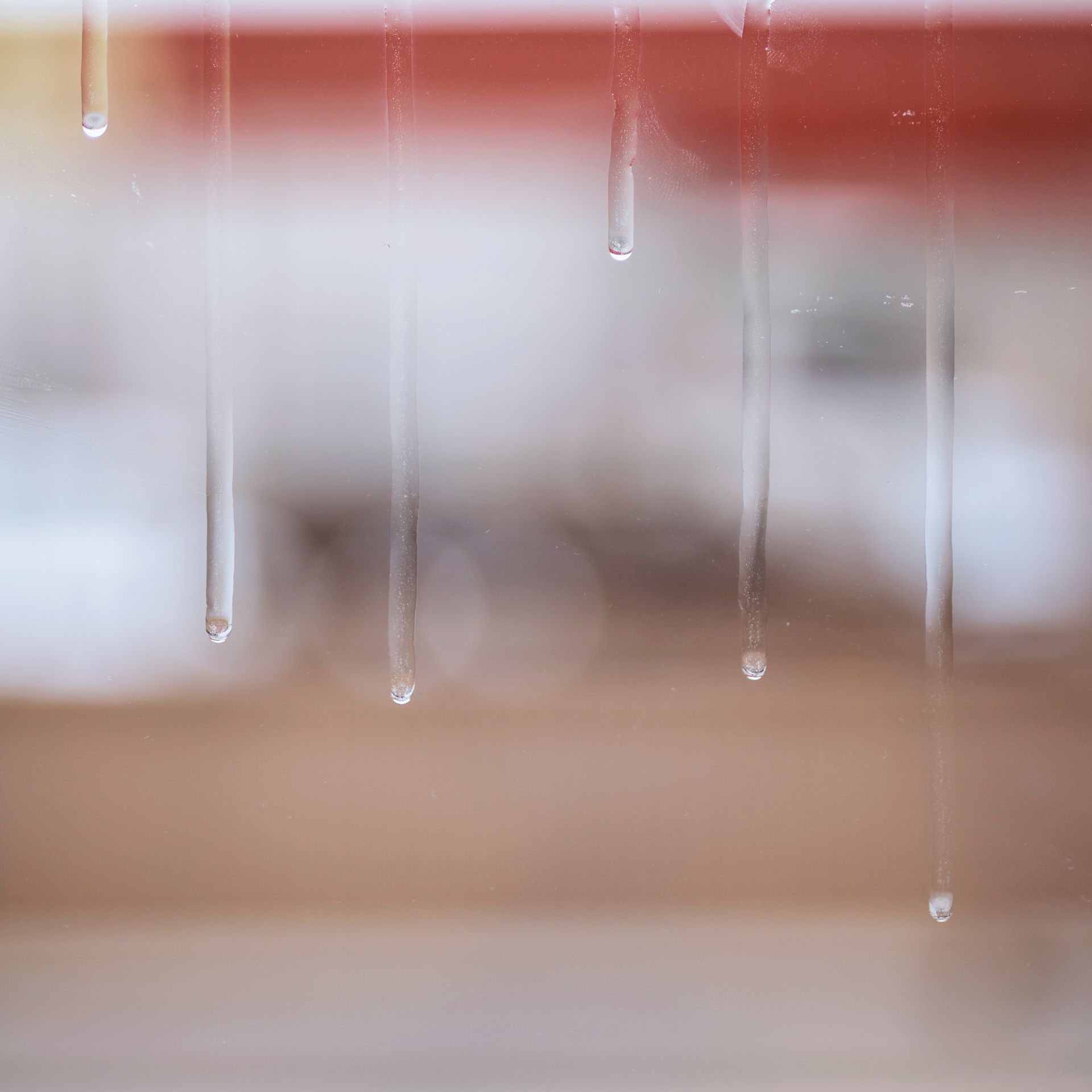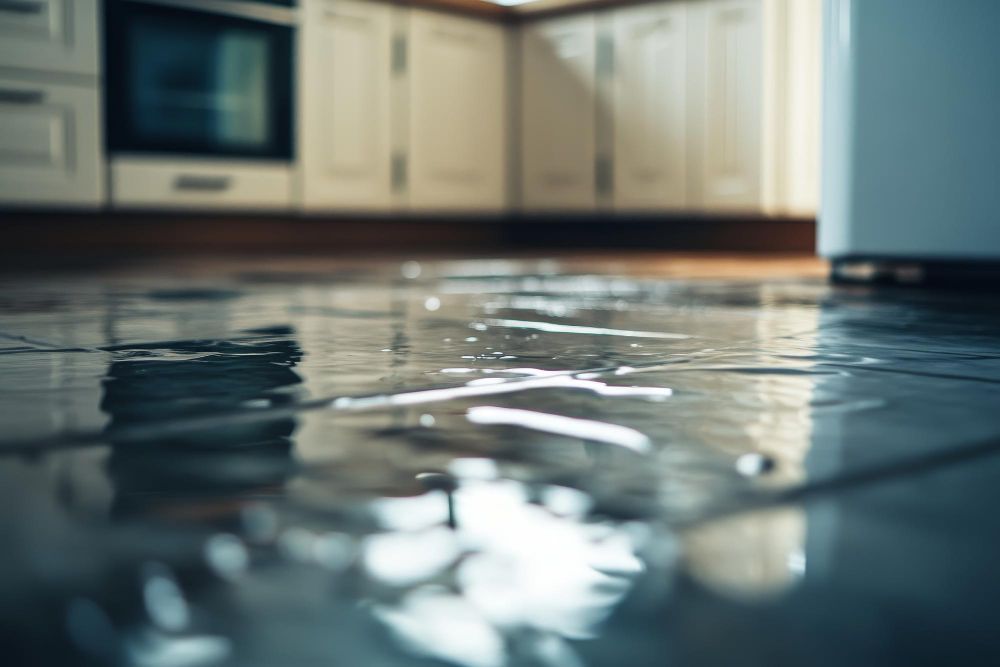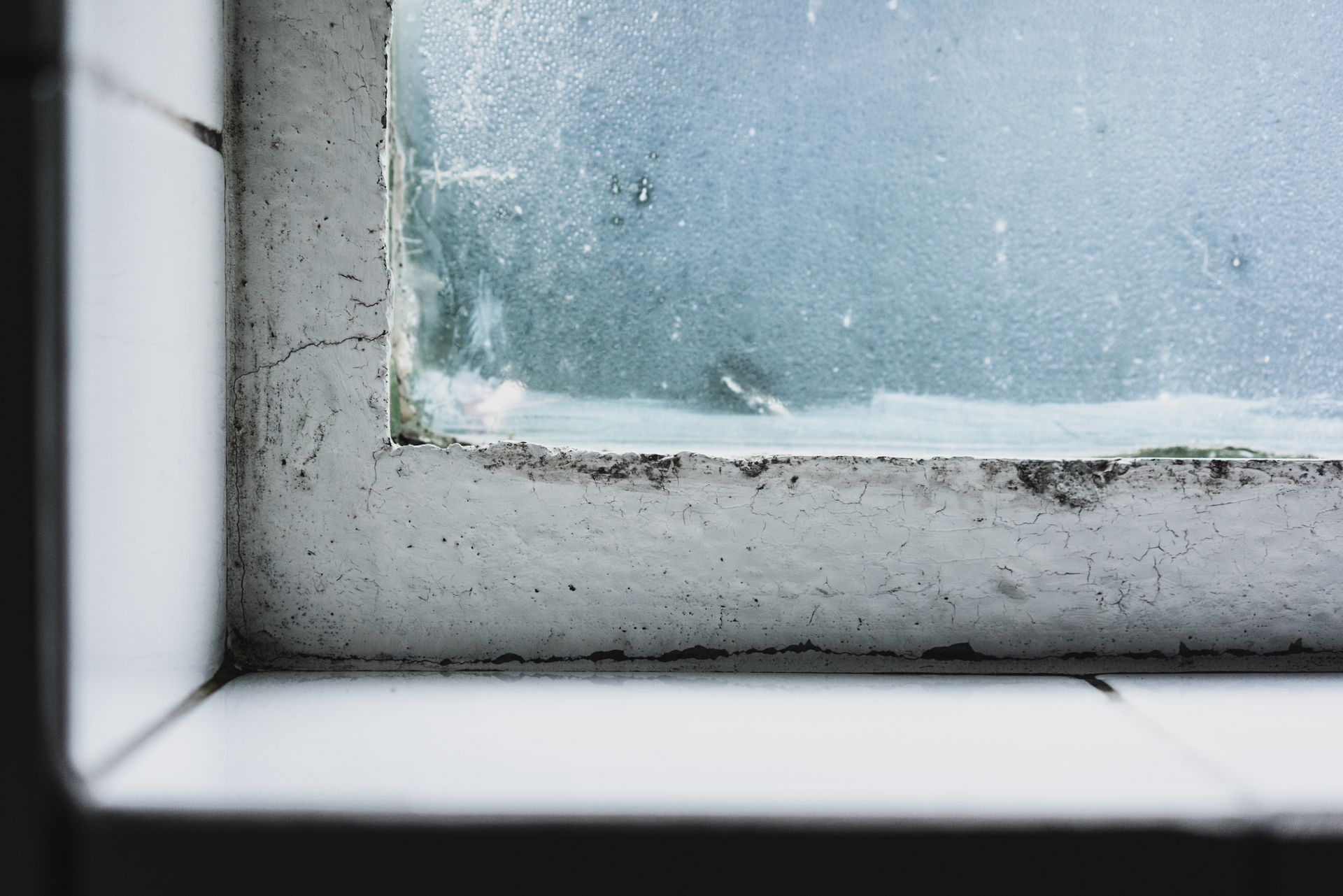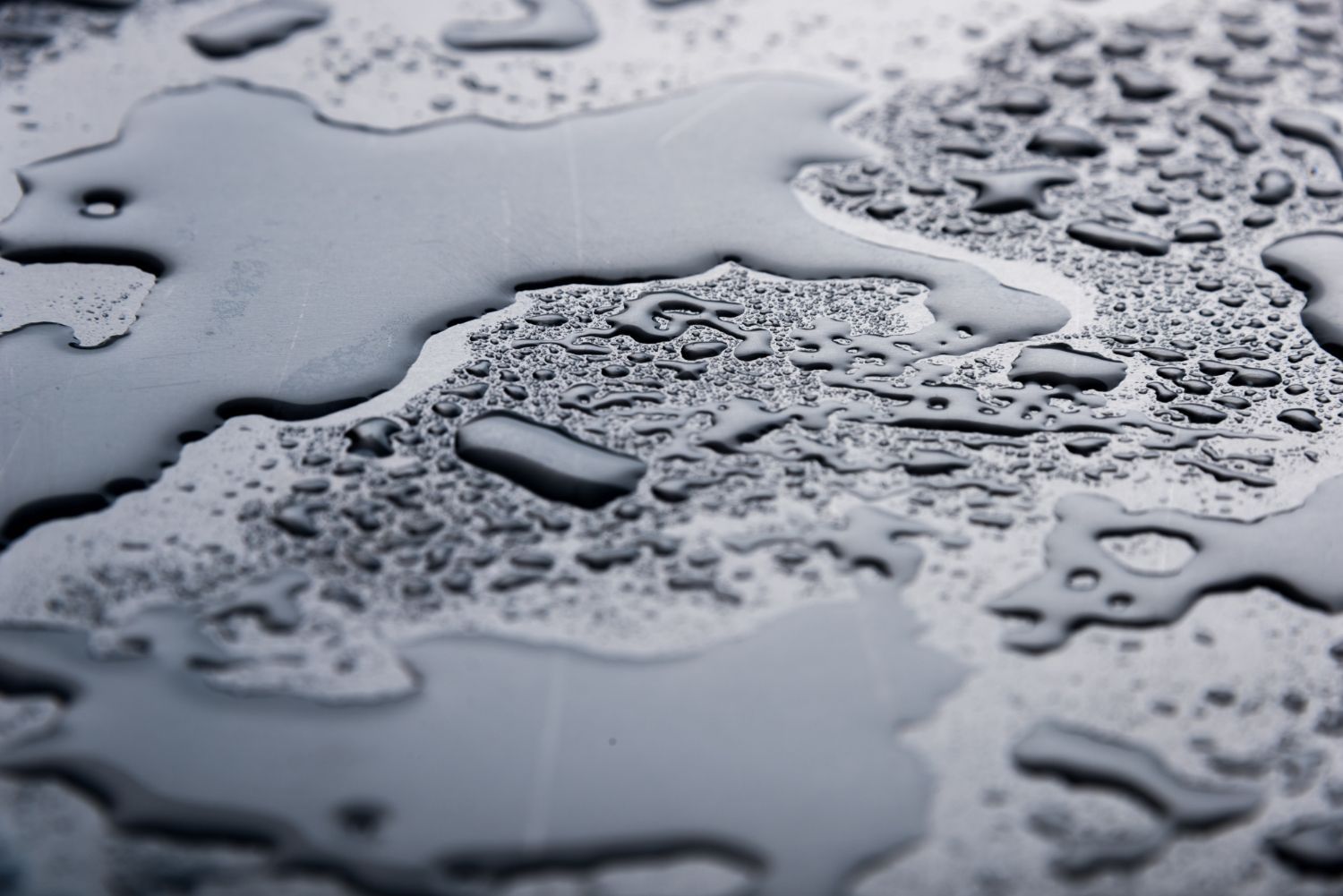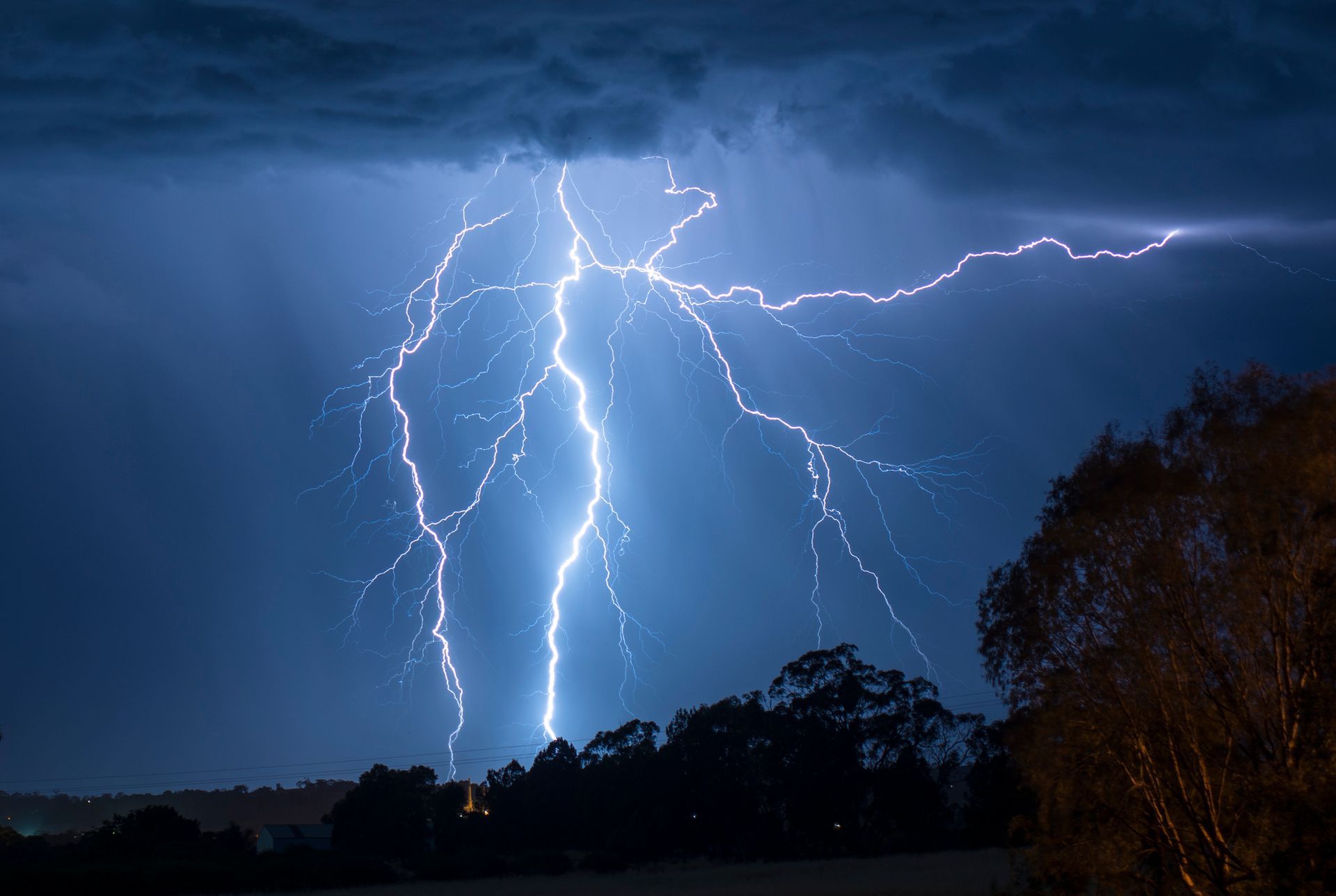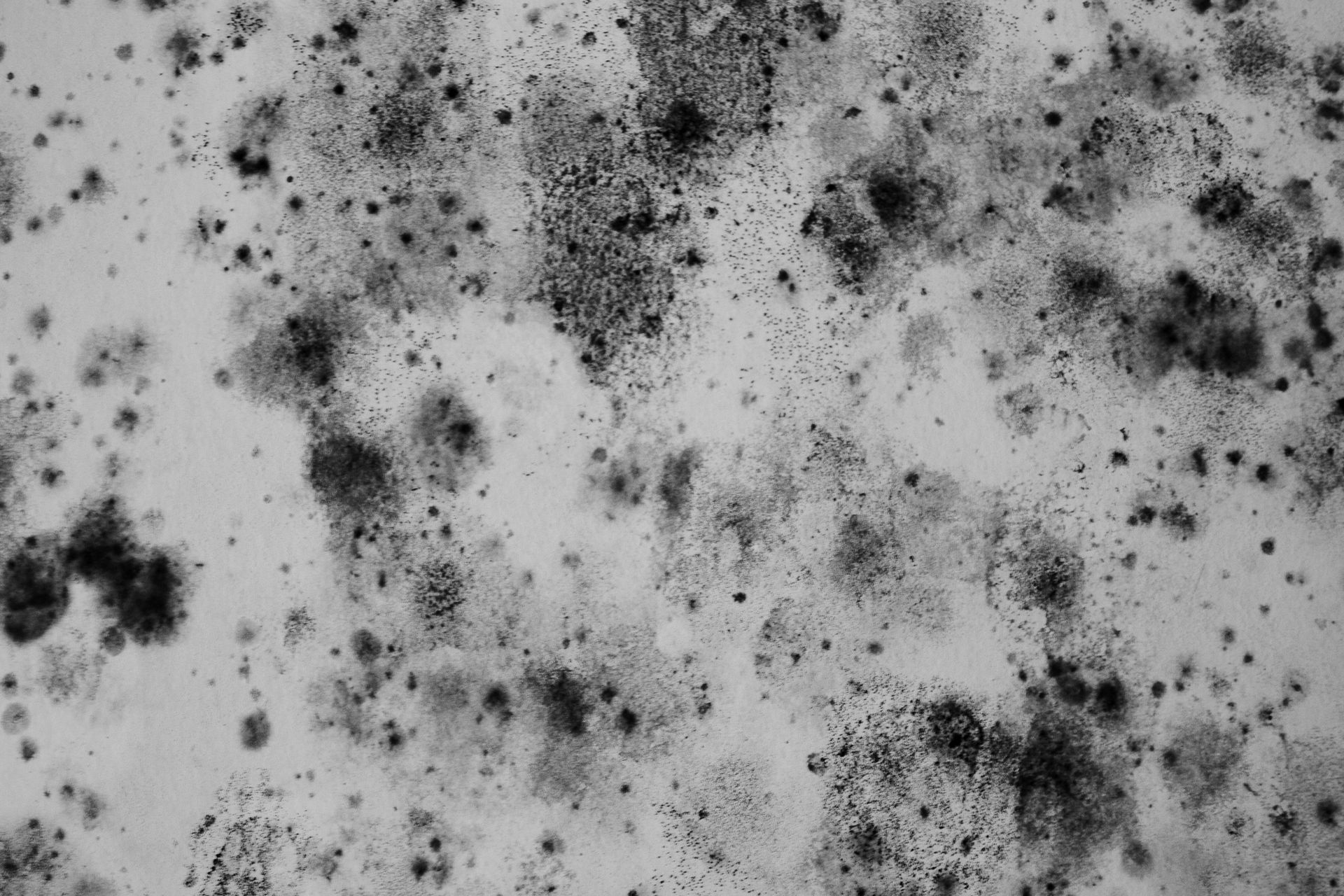A Homeowner’s Guide to Different Types of Water Damage
A Homeowner’s Guide to Different Types of Water Damage -Sykesville, MD
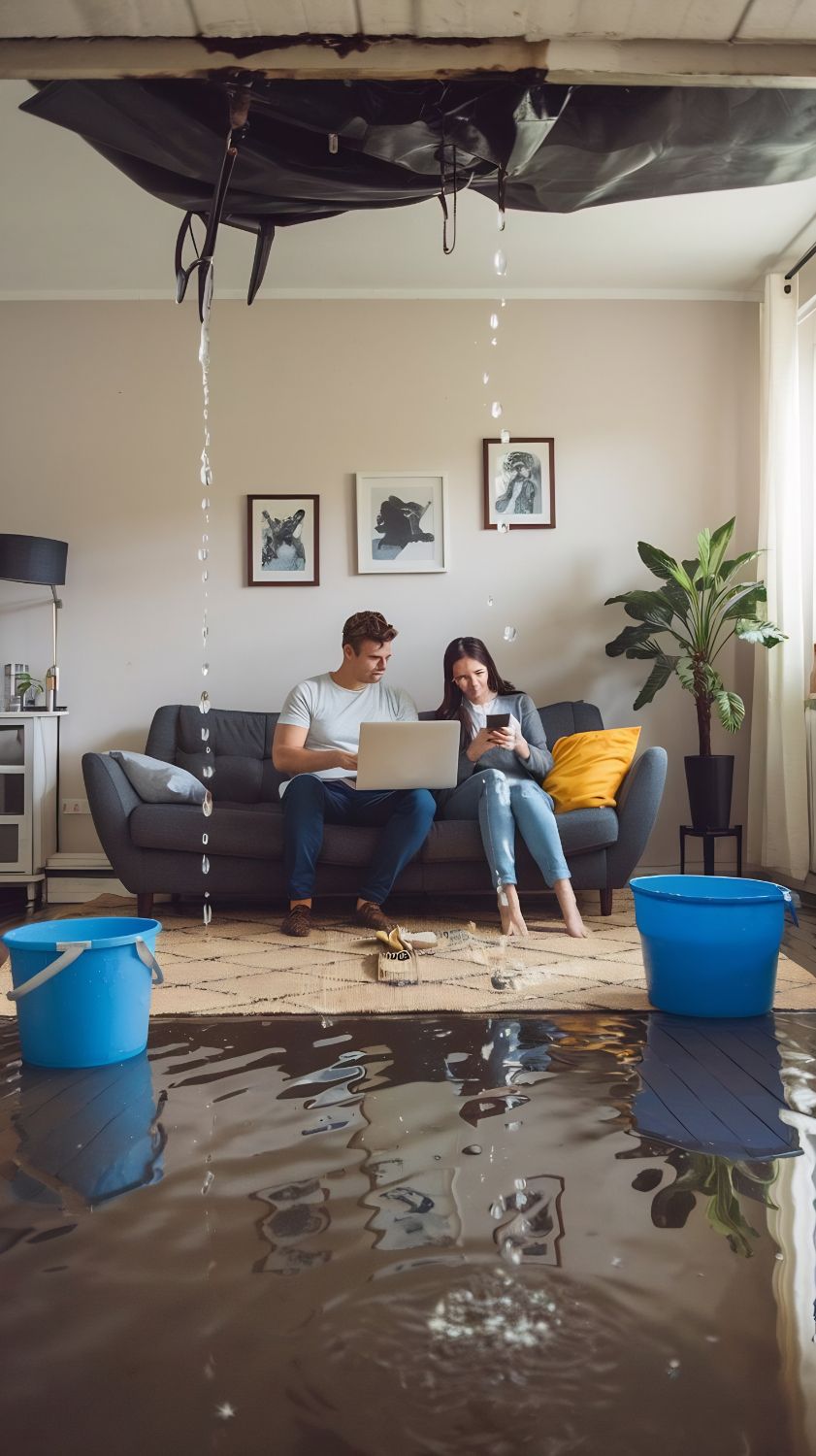
Water damage is a common yet overwhelming issue that can affect any home, regardless of its age or location. Whether caused by natural disasters, faulty appliances, or hidden plumbing issues, water damage can lead to extensive repairs and costly restoration if not addressed promptly. Understanding the types of water damage can help homeowners respond effectively and mitigate long-term damage.
At Restoration 1 of Central Maryland, we’ve seen it all. Here's a guide to the different types of water damage and how they can impact your home.
1. Clean Water Damage (Category 1)
This type of water damage originates from clean, sanitary water sources and is the least hazardous.
- Common Sources: Burst pipes, leaking faucets, or rainwater.
- Risks: While initially safe, clean water can turn into a more hazardous type if left untreated for over 24–48 hours.
- Response: Quick action is key. Remove standing water, dry the area, and call a professional for proper cleanup to avoid mold growth.
2. Grey Water Damage (Category 2)
Grey water is contaminated water that can cause illness or discomfort upon exposure.
- Common Sources: Washing machine overflows, dishwasher leaks, or toilet overflows (without solid waste).
- Risks: Contains bacteria, chemicals, or other contaminants that require protective measures during cleanup.
- Response: Avoid direct contact and call water damage restoration professionals to handle the cleanup safely.
3. Black Water Damage (Category 3)
Black water is the most severe and hazardous type of water damage, often containing toxic substances.
- Common Sources: Sewage backups, floodwaters from rivers or streams, or standing water with microbial growth.
- Risks: Can cause severe health issues due to harmful pathogens, toxins, and chemicals.
- Response: Never attempt to clean up black water yourself. Contact trained restoration professionals immediately.
4. Storm-Related Water Damage
Heavy storms and hurricanes can cause widespread water damage, including:
- Flooding: Often a mix of grey and black water, depending on the source.
- Roof Leaks: Caused by heavy rain or wind damage.
- Basement Flooding: Due to inadequate drainage or sump pump failure.
- Risks: Prolonged exposure can weaken the structure of your home and create a breeding ground for mold.
- Response: Focus on safety first—evacuate if necessary, and call professionals like Restoration 1 of Central Maryland to assess and address the damage.
5. Hidden Water Damage
Sometimes, water damage occurs gradually and goes unnoticed until it becomes a significant problem.
- Common Sources: Leaky pipes, roof damage, or poorly sealed windows.
- Signs: Discolored walls, peeling paint, musty odors, or increased utility bills.
- Risks: Can compromise structural integrity and lead to mold infestations.
- Response: Regular inspections and maintenance can help prevent hidden water damage.
Steps to Take When You Discover Water Damage
- Ensure Safety: Turn off electricity and avoid contaminated water.
- Stop the Water Source: Shut off the main water supply or contain the source if possible.
- Document the Damage: Take photos and videos for insurance purposes.
- Call Professionals: DIY solutions may not address the full extent of the damage. Trust experts like Restoration 1 of Central Maryland to provide comprehensive water damage restoration.
Why Choose Restoration 1 of Central Maryland?
- Certified Experts: Our team specializes in handling all types of water damage with advanced tools and techniques.
- 24/7 Emergency Service: We’re always ready to respond to your water damage emergencies.
- Comprehensive Restoration: From water extraction to mold remediation, we restore your home to its original condition.
Water damage can be a daunting challenge, but understanding its types and taking swift action can help protect your home and loved ones. If you’re dealing with water damage in Maryland, trust the experts at Restoration 1 of Central Maryland to deliver reliable and efficient solutions.

